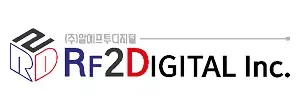During the BES conference DRM fielded several presentations. During the morning Session on day 2, Bernd Linz (Fraunhofer IIs) gave a presentation on xHE-AAc for DRM and web streaming. In the afternoon, Nigel Fry (Head of Distribution, BBC World Service Group) addressed the subject of “Revitalisation of AM Bands”. The gist of his presentation was that in the past, the AM bands had seen a decline in use due to the limited audio quality they could provide. However, in recent history the unique benefits and advantages of the AM bands for radio broadcasting and short-wave transmissions in particular are being re-discovered due to their unique coverage opportunities to reach listeners around the world. Upgrading the AM transmissions to the DRM digital radio technology not only brings the audio quality to the level of local FM transmissions, it also adds advanced features such as free-to-air Journaline text articles and takes away the hassle of memorizing frequencies – all while retaining the unique advantages of most efficient large-area coverage. Nigel chaired the following session on DRM EWF.
In this session Yogendra Pal, the DRM Hon Chairman of the DRM India Chapter, and Ruxandra Obreja, DRM Chair, presented the “Emergency Warning Functionality EWF – Unique and Enhanced Feature of DRM Digital Radio”. Right from the start the point was made that the migration to digital radio in India is much more than adding extra radio programmes and text services. The core feature highlighted in this session was DRM’s Emergency Warning Functionality, which allows the national authorities such as NDMA (the national disaster government authority) to immediately send out alerts for pending disasters such as incoming tsunamis or expected floods to all digital radio sets. The presentation also explained the steps involved in rolling out EWF through radio broadcast as part of the national emergency warning system. The session was accompanied by a live demonstration of the DRM EWF with DRM receivers automatically switching on from standby mode at the DRM booth.
Alexander Zink, Fraunhofer IIs, was part of the only full digital radio session alongside representatives from HD and WorldDAB.
“Unique, Superior Features of DRM, the Latest Digital Radio Standard” was the title of Alex’s presentation. Alex reminded participants in the conference that All India Radio is in the process of rolling out the national digital radio transmissions based on the open DRM Digital Radio Mondiale technology. Step by step the metros are now being upgraded to the latest DRM feature set, with greatly improved audio quality, more services, the Journaline free-to-air news service, and service logos being transmitted. In addition, the presentation explored the recommendation for digitising the FM bands that was recently published by the regulator, TRAI, and what benefits this step new opportunity will hold for the private FM broadcasters and community stations all over India.
Ruxandra Obreja also gave an update on “The Progress of DRM in South Asia – Latest Updates and Technical Developments”. This presentation looked at the latest developments and activities related to the DRM Digital Radio Standard in several countries around Asia and beyond. She highlighted the various stages of DRM implementation in countries such as India, Pakistan, Indonesia and more. The domestic receiver industry in India is currently preparing for the national and international mass market demands, including major new developments in the automotive industry.
During BES there was also a chance to connect with some big commercial networks and to give them information and discuss their potential interest and role following the TRAI (regulator) recommendation on the radio digitisation.

















